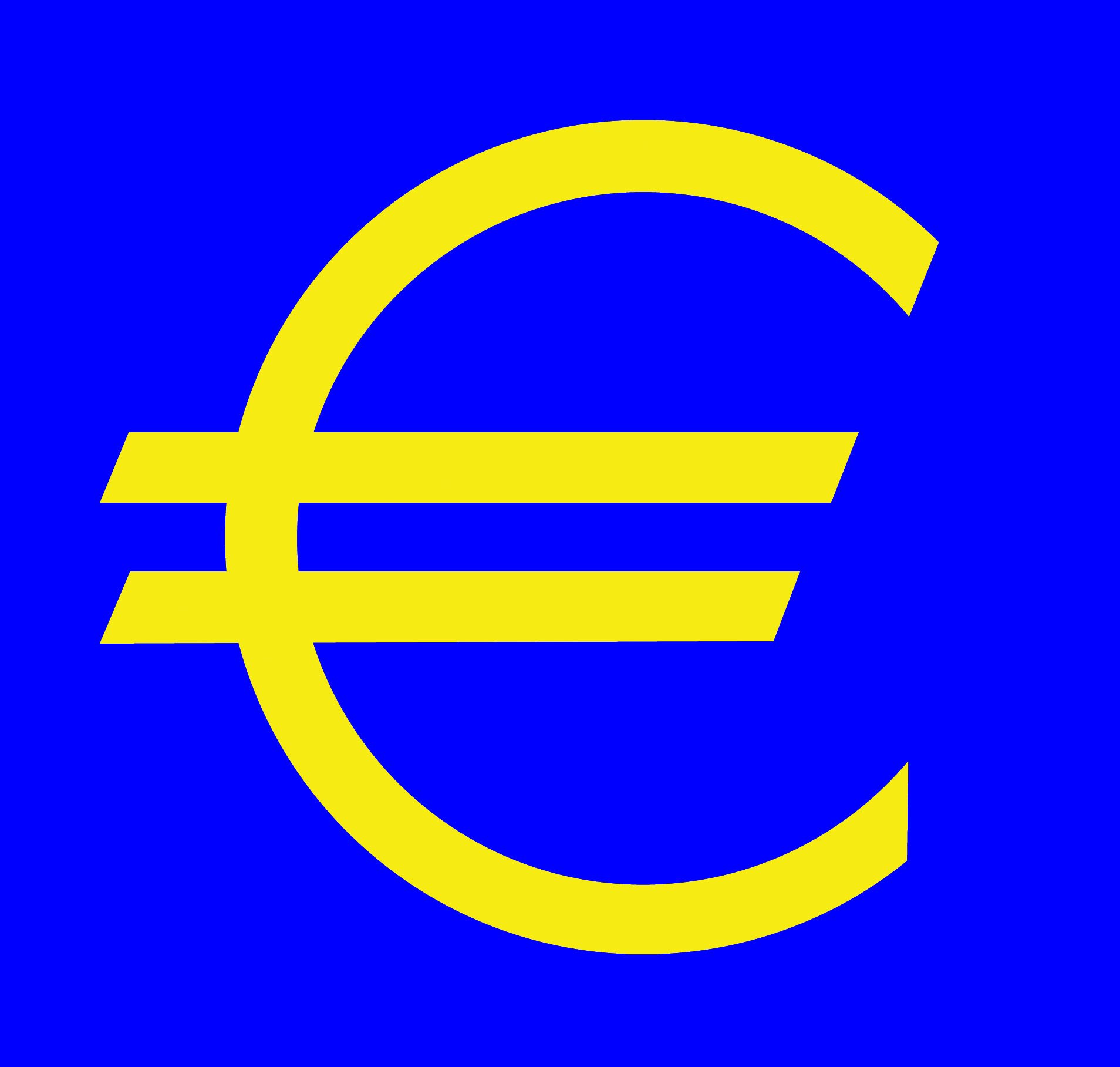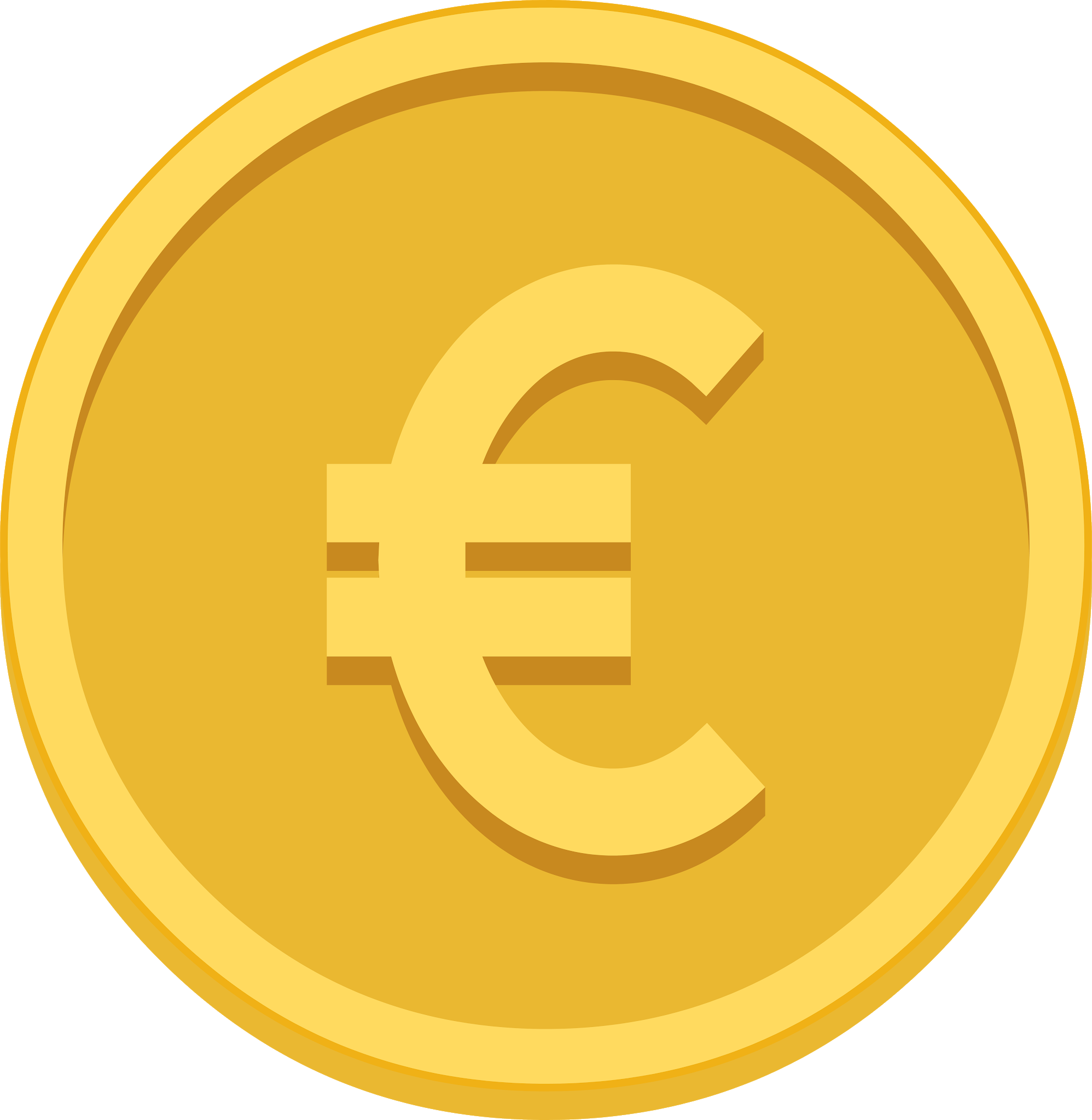Unveiling The Euro Symbol: A Journey Through Its Meaning, History, And Impact
Ever wondered why the euro symbol looks the way it does? It's not just a random design - there's deep meaning behind those curves and lines. As one of the world's most recognized currency symbols, the euro has a fascinating story that goes beyond mere finance. From its creation to its global influence, the euro symbol represents more than just money - it's a powerful emblem of unity and progress.
The euro symbol (€) is more than just a financial mark - it's a cultural icon that represents the European Union's vision of economic harmony. But how did this distinctive symbol come into being? And why does it look the way it does? In this article, we'll dive deep into the story behind the euro symbol and explore its significance in today's global economy.
As we navigate through this journey, you'll discover the intricate details of the euro symbol's design, its historical context, and its impact on international trade. Whether you're a finance enthusiast or simply curious about the euro's origins, this article promises to reveal fascinating insights that you might not have known before. Let's get started!
- Movie Rulz 3 The Ultimate Guide To Streaming Downloading And Enjoying Movies In 2023
- 4 Movierulz 2024 Ndash Your Ultimate Guide To Downloading Movies Legally
The Genesis of the Euro Symbol
Back in 1997, the European Commission launched a competition to design the perfect symbol for Europe's new currency. Hundreds of proposals poured in from designers across the continent, each trying to capture the essence of European unity. The winning design, created by Belgian graphic artist Alain Billiet, stood out for its simplicity and elegance. The final symbol was officially unveiled in December 1996, almost a year before the euro's introduction.
The design process wasn't just about creating a pretty symbol - it had to represent complex ideas of economic stability and European identity. The chosen design cleverly incorporates elements from ancient Greek letters and modern typography, making it instantly recognizable yet deeply rooted in European heritage.
Design Elements and Symbolism
Breaking Down the Symbol's Components
Take a closer look at the € symbol and you'll notice two distinct elements: the two parallel lines and the distinctive curves. The two lines represent stability and balance - essential qualities for any currency. Meanwhile, the flowing curves are inspired by the Greek letter epsilon (Є), which symbolizes Europe's cultural heritage and the first letter of the word "Europe".
- Www Movierulz Com 2023 Download Your Ultimate Guide To Streaming And Downloading Movies
- Www5movierulzcom 2024 Your Ultimate Guide To Movie Downloads
These design elements weren't chosen randomly - they carry deep meaning. The parallel lines evoke the idea of a strong foundation, while the curves suggest movement and progress. Together, they create a visual representation of Europe's commitment to economic stability and innovation.
Historical Context and Significance
To truly understand the euro symbol's importance, we need to look at the historical context of its creation. The euro was born out of the Maastricht Treaty in 1992, which laid the groundwork for European monetary union. As nations prepared to adopt a single currency, the need for a unifying symbol became clear. The euro symbol would serve as a visual representation of this groundbreaking economic alliance.
But why was a unique symbol so crucial? Before the euro, each European country had its own currency symbol. The new symbol needed to transcend national boundaries and represent a shared economic future. Its introduction marked a significant moment in European history, symbolizing the continent's move towards greater integration and cooperation.
Impact on Global Trade
How the Euro Symbol Changed International Commerce
When the euro was introduced in 1999, it immediately became one of the world's most important currencies. The euro symbol quickly gained recognition in global markets, representing a currency that now accounts for approximately 20% of international trade. Its adoption simplified transactions across Europe and reduced exchange rate risks for businesses operating within the eurozone.
For companies doing business in Europe, the euro symbol became more than just a currency mark - it represented access to a massive market of over 340 million people. The single currency facilitated easier trade between member states and strengthened Europe's position in the global economy. Today, the euro ranks second only to the US dollar in terms of international reserve holdings.
Technical Aspects of the Euro Symbol
From a technical perspective, the euro symbol had to work seamlessly across different platforms and languages. Its Unicode character (U+20AC) ensures consistent representation across digital environments. Interestingly, the symbol's design was carefully crafted to maintain clarity even at small sizes, making it easily recognizable on everything from coins to computer screens.
When implementing the euro symbol in digital contexts, certain best practices emerged. For instance, the symbol should always appear before the amount (e.g., €10) rather than after, which differs from many other currency conventions. This placement reflects the European tradition of placing currency symbols before numbers.
Cultural Significance and Public Perception
Since its introduction, the euro symbol has become more than just a financial marker - it's a cultural touchstone that evokes strong emotions. For many Europeans, the symbol represents hope and unity, while for others it symbolizes economic challenges. Surveys show that public perception of the euro symbol varies widely across member states, often reflecting broader attitudes toward European integration.
Interestingly, the euro symbol has also influenced popular culture. It appears in art, music, and even fashion, demonstrating its impact on contemporary European society. Its distinctive design has made it a favorite among graphic designers and typographers, who appreciate its balance of simplicity and sophistication.
Challenges and Controversies
Debates Surrounding the Euro Symbol
While the euro symbol is widely accepted today, its introduction wasn't without controversy. Some critics argued that the symbol's design favored certain European languages over others. Others questioned whether a single symbol could adequately represent such a diverse continent. These debates highlight the complexities of creating a unifying symbol for multiple nations.
Technical challenges also arose during the euro's implementation. Ensuring consistent representation across different digital platforms required significant effort, especially in the early days of internet development. Additionally, adapting existing systems to accommodate the new currency symbol presented logistical difficulties for businesses and financial institutions.
Future Prospects and Evolution
Looking ahead, the euro symbol's role in global finance is likely to expand. As digital currencies and blockchain technology continue to evolve, the euro's digital representation may undergo changes to reflect these advancements. Some experts predict that the euro symbol could become even more prominent as Europe moves toward greater digital integration.
Meanwhile, the symbol's cultural significance continues to grow. As new generations of Europeans grow up with the euro as their native currency, the symbol's meaning may evolve to reflect changing attitudes toward European unity. Its adaptability and versatility ensure that the euro symbol will remain relevant in an ever-changing financial landscape.
Comparing the Euro Symbol to Other Currency Symbols
When compared to other major currency symbols, the euro stands out for its distinctive design and cultural significance. Unlike the dollar ($), pound (£), or yen (¥), the euro symbol incorporates elements from multiple languages and traditions. This makes it uniquely suited to represent a continent with dozens of different languages and cultures.
From a typographical perspective, the euro symbol's design offers several advantages. Its balanced proportions and clear lines make it easily recognizable at various sizes and resolutions. This technical superiority has helped the symbol maintain its prominence in both physical and digital environments.
Practical Applications and Usage Guidelines
Best Practices for Using the Euro Symbol
For businesses and individuals using the euro symbol, certain guidelines can help ensure proper implementation. Always use the official Unicode character (U+20AC) to guarantee consistent representation across different platforms. When typing the symbol on various devices, keyboard shortcuts can make the process more efficient.
Some key tips include:
- Place the symbol before the amount (e.g., €10)
- Maintain appropriate spacing between the symbol and numbers
- Use the correct font size for optimal readability
- Ensure compatibility across different digital environments
Conclusion: The Lasting Legacy of the Euro Symbol
As we've explored throughout this article, the euro symbol represents much more than just a currency mark. From its thoughtful design to its profound cultural significance, the symbol embodies Europe's vision of economic unity and progress. Its impact on global trade and digital commerce continues to grow, solidifying its position as one of the world's most important financial symbols.
So next time you see the € symbol, take a moment to appreciate its deeper meaning. Whether you're a finance professional or simply someone who uses euros in daily life, the symbol serves as a powerful reminder of what can be achieved through cooperation and innovation. We encourage you to share this article with others who might appreciate the fascinating story behind Europe's iconic currency symbol - and let us know your thoughts in the comments below!
Table of Contents
- The Genesis of the Euro Symbol
- Design Elements and Symbolism
- Historical Context and Significance
- Impact on Global Trade
- Technical Aspects of the Euro Symbol
- Cultural Significance and Public Perception
- Challenges and Controversies
- Future Prospects and Evolution
- Comparing the Euro Symbol to Other Currency Symbols
- Practical Applications and Usage Guidelines



Detail Author:
- Name : Dr. Gillian Murray V
- Username : ramiro58
- Email : providenci82@hirthe.com
- Birthdate : 2002-09-22
- Address : 9302 Schmitt Camp Suite 507 West Leonoraland, OR 40031-0388
- Phone : +1 (484) 789-9203
- Company : Howe PLC
- Job : Retail Sales person
- Bio : Eius aspernatur et est consequatur doloribus illo quia. Tempora facilis illum voluptatem porro eaque voluptatibus officia. Dolor amet non dolorum laudantium consequatur quam.
Socials
instagram:
- url : https://instagram.com/jolie_official
- username : jolie_official
- bio : Quis deleniti quas fuga. Nostrum expedita voluptates culpa officia voluptatibus quo voluptas.
- followers : 810
- following : 288
facebook:
- url : https://facebook.com/joliefahey
- username : joliefahey
- bio : Neque quis placeat consequatur minus.
- followers : 3903
- following : 1291